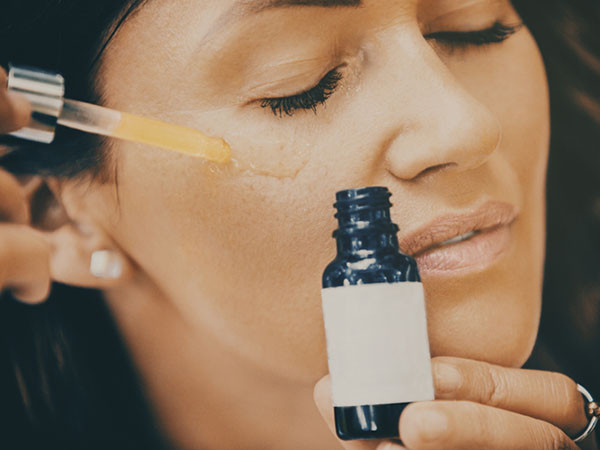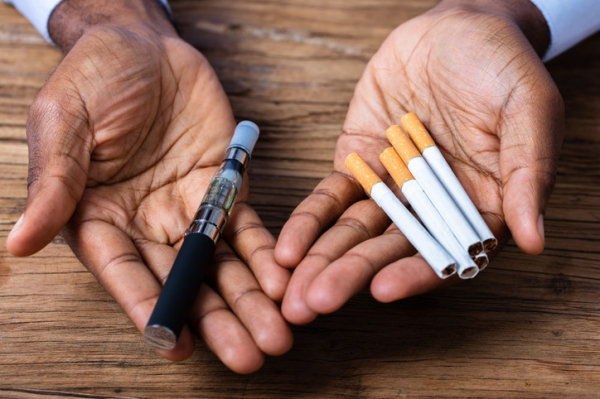
It’s easy to say you simply don’t have time to be mindful. With so much going on in daily life, who has time to stop and be present? But everyone has at least 10 minutes to spare to practice mindfulness.
The point of these brief, daily reflections is to help you tap into calmness whenever life gets too hairy. Practicing everyday mindfulness can also improve your memory and concentration skills and help you feel less distracted and better able to manage crises like dealing with the pandemic.
There is more than one way to practice mindfulness. Still, any mindfulness technique aims to achieve a state of alert, focused, relaxed consciousness by deliberately paying attention to thoughts and sensations without passing judgment on them. This allows the mind to focus on the present moment with an attitude of acceptance.
Three easy mindfulness exercises to try
Here are three simple exercises you can try whenever you need a mental break, emotional lift, or just want to pause and appreciate everything around you. Devote 10 minutes a day to them and see how the experience changes your outlook. It’s time well spent.
Simple meditation
A quick and easy meditation is an excellent place to begin practicing mindfulness.
- Sit on a straight-backed chair or cross-legged on the floor.
- Focus on an aspect of your breathing, such as the sensations of air flowing into your nostrils and out of your mouth, or your belly rising and falling as you inhale and exhale.
- Once you’ve narrowed your concentration in this way, begin to widen your focus. Become aware of sounds, sensations, and ideas. Embrace and consider each without judgment.
- If your mind starts to race, return your focus to your breathing. Then expand your awareness again.
- Take as much time as you like: one minute, or five, or 10 — whatever you’re comfortable with. Experts in mindfulness meditation note that the practice is most helpful if you commit to a regular meditation schedule.
Open awareness
Another approach to mindfulness is “open awareness,” which helps you stay in the present and truly participate in specific moments in life. You can choose any task or moment to practice open awareness, such as eating, taking a walk, showering, cooking a meal, or working in the garden. When you are engaged in these and other similar routine activities, follow these steps.
- Bring your attention to the sensations in your body, both physical and emotional.
- Breathe in through your nose, allowing the air to fill your lungs. Let your abdomen expand fully. Then breathe out slowly through your mouth.
- Carry on with the task at hand, slowly and with deliberation.
- Engage each of your senses, paying close attention to what you can see, hear, feel, smell, and taste.
- Try “single-tasking,” bringing your attention as fully as possible to what you’re doing.
- Allow any thoughts or emotions that arise to come and go, like clouds passing through the sky.
- If your mind wanders away from your current task, gently refocus your attention back to the sensation of the moment.
Body awareness
Another way to practice mindfulness is to focus your attention on other thoughts, objects, and sensations. While sitting quietly with your eyes closed, channel your awareness toward each of the following:
- Sensations: Notice subtle feelings such as an itch or tingling without judgment, and let them pass. Notice each part of your body in succession from head to toe.
- Sights and sounds: Notice sights, sounds, smells, tastes, and touches. Name them “sight,” “sound,” “smell,” “taste,” or “touch” without judgment and let them go.
- Emotions: Allow emotions to be present without judging them. Practice a steady and relaxed naming of emotions: “joy,” “anger,” “frustration.”
- Urges: When you feel a craving or an urge (for instance, to eat excess food or practice an unwanted behavior), acknowledge the desire and understand that it will pass. Notice how your body feels as the craving enters. Replace the wish for the craving to go away with the specific knowledge that it will subside.


















